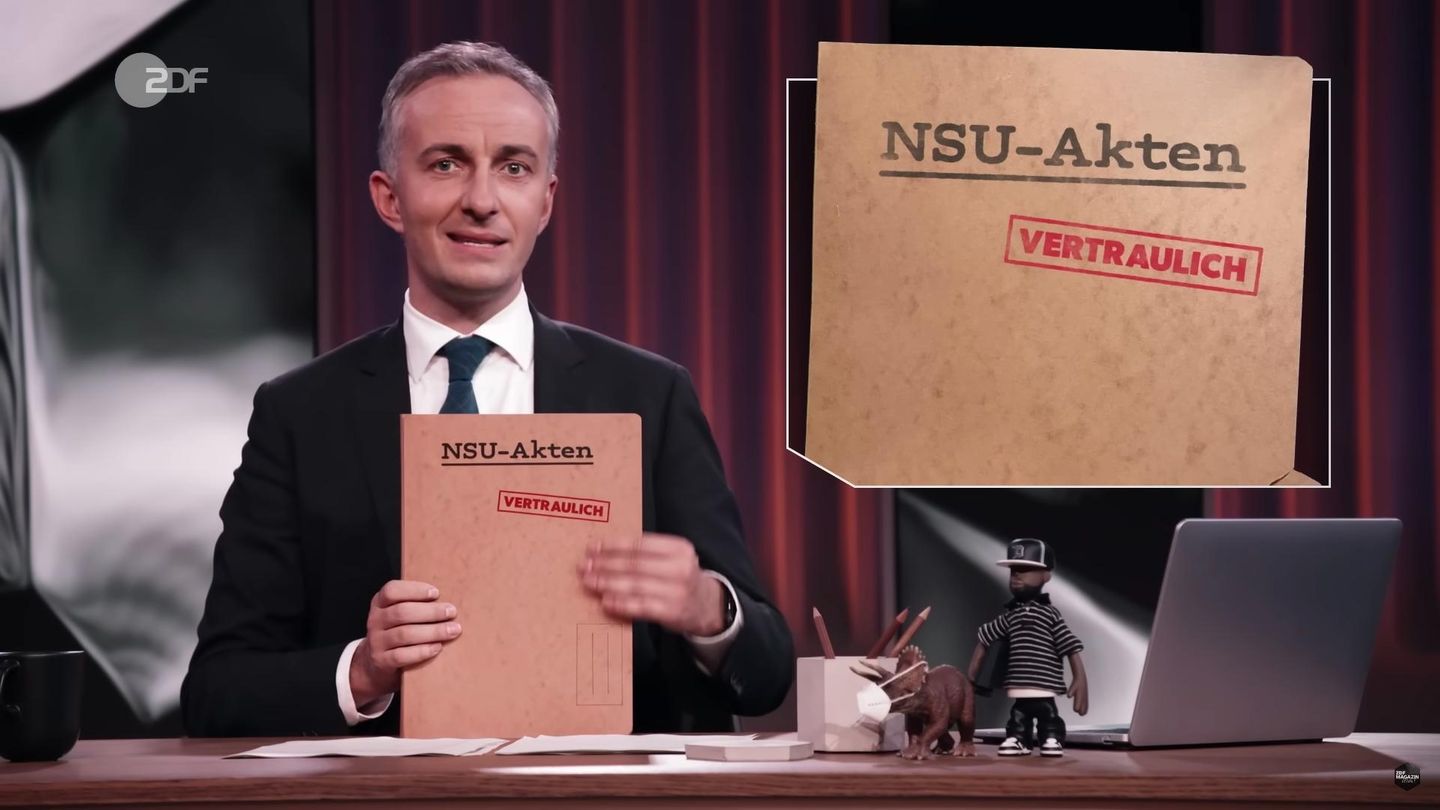David William is a talented author who has made a name for himself in the world of writing. He is a professional author who writes on a wide range of topics, from general interest to opinion news. David is currently working as a writer at 24 hours worlds where he brings his unique perspective and in-depth research to his articles, making them both informative and engaging.
Menu
NSU: What we know from the leaked files – and what we don’t
Categories
Most Read
Donald Trump announces meeting with Vladimir Putin in Budapest
October 16, 2025
No Comments
Gaza peace deal: This is how Europe can regain its influence
October 16, 2025
No Comments
Donald Trump receives Zelensky – but first calls Putin
October 16, 2025
No Comments
Friedrich Merz and the cityscape: A sentence that will hunt him
October 16, 2025
No Comments
Defense: Compromise tones at the first military service consultation in the Bundestag
October 16, 2025
No Comments
Latest Posts

The UN asked Israel to open more border crossings in Gaza to guarantee the entry of humanitarian aid
October 16, 2025
No Comments
October 16, 2025 – 19:05 Meanwhile, Prime Minister Benjamin Netanyahu stated that they are evaluating reopening the Rafah crossing next Sunday, he announced. The United

If they continue to murder, we will have no choice but to kill them
October 16, 2025
No Comments
October 16, 2025 – 18:31 This Wednesday, US Central Command Brad Cooper “strongly” urged Hamas to cease the “violence and shooting against innocent Palestinian civilians

The rare workout that is effective for people over 65: works forgotten muscles
October 16, 2025
No Comments
October 16, 2025 – 18:30 A useful and little-known exercise to lead a fitness life and strengthen parts of the body that are not so
24 Hours Worlds is a comprehensive source of instant world current affairs, offering up-to-the-minute coverage of breaking news and events from around the globe. With a team of experienced journalists and experts on hand 24/7.

